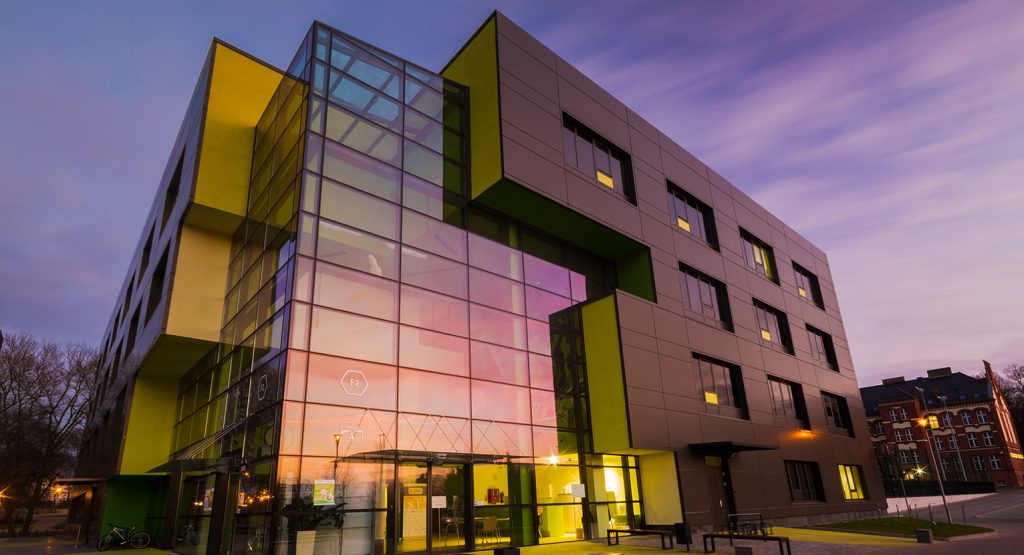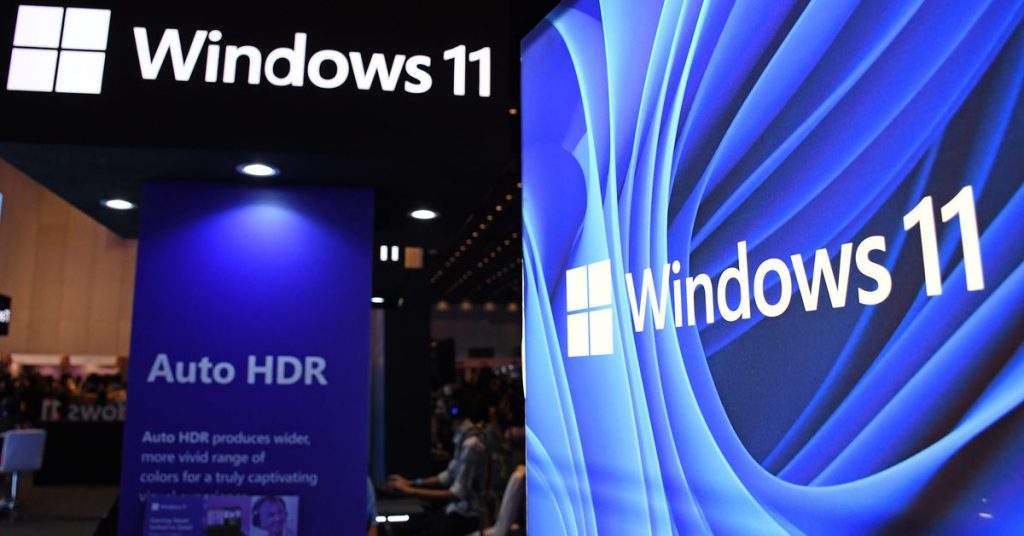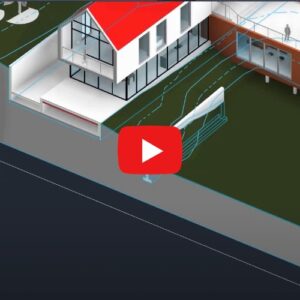Bridges to Prosperity: Designing Trail Bridges With AutoCAD Delivers New Economic Opportunities for Rural Communities in Rwanda
Customer Spotlight
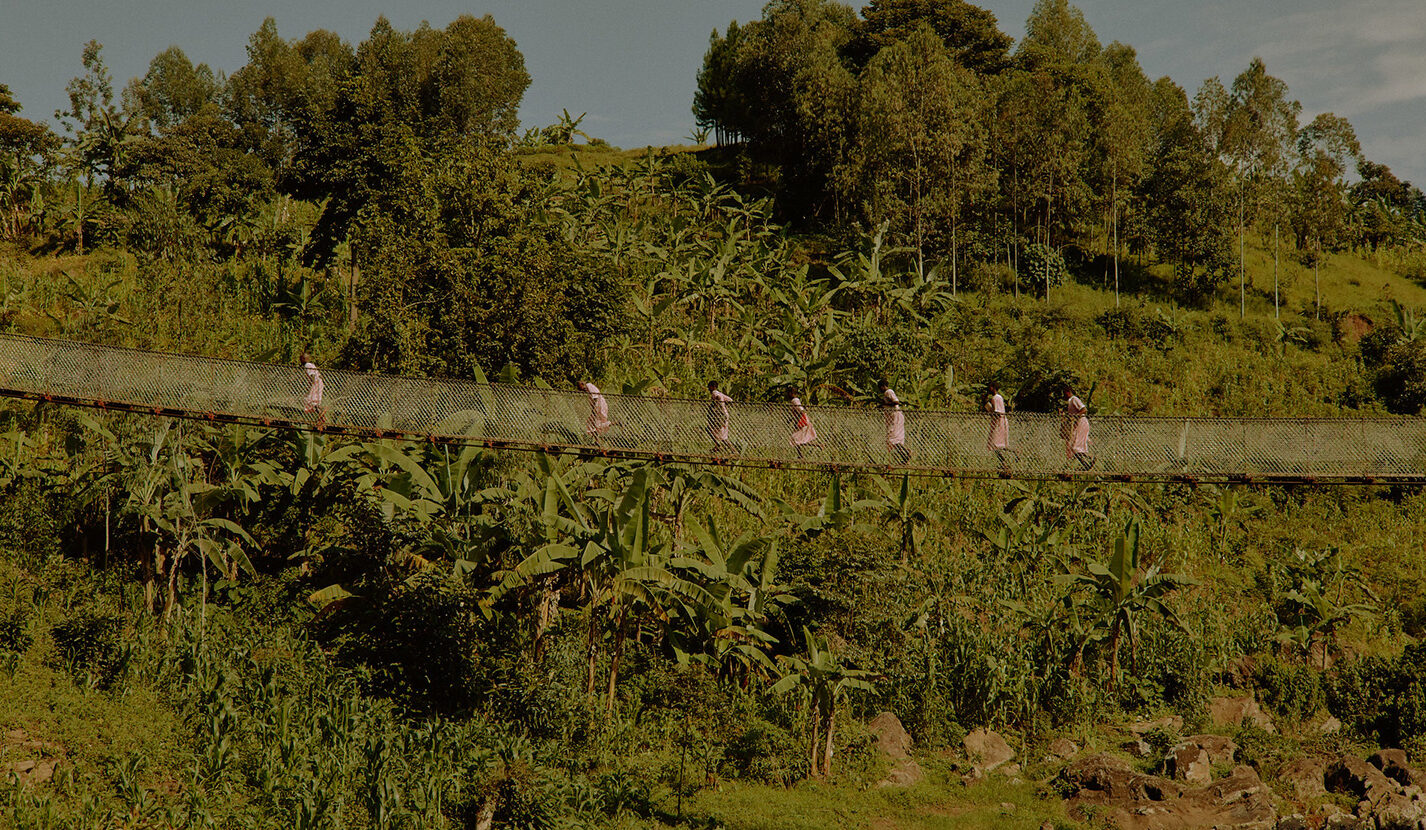
A seemingly simple—yet vital—piece of infrastructure such as a trail bridge can make a huge difference for rural communities. With AutoCAD, Bridges to Prosperity designs cost-efficient, long-lasting trail bridges that connect residents to education, healthcare, and economic opportunities – returning at least 6x the bridge cost in increased economic activity.
More than 1 in 7 rural residents struggle to reach markets, jobs, schools, and healthcare because of a lack of connectivity. One solidly constructed and safe trail bridge can transform a rural community. Children can easily attend school. Food and products can be transported to the market. Residents can access doctors and healthcare. A community can flourish and plan for its future.

One Trail Bridge Saves Hours of Walking
Take the Marenge suspended trail bridge for example. It’s a steel suspension bridge located near the capital city of Kigali, Rwanda and now connects a community of more than 3,000 residents from the Nduba Sector.
The former bridge was made of timber and washed away annually when the river flooded. Prior to Bridges to Prosperity’s construction of the Marenge Bridge, community members had to find alternative crossing points further upstream. This significantly increased travel time and made the journey daunting in the mountainous region. Community members carried food and walked for hours along the river to reach the main road to Kigali to go to the market or attend school.
After the installation of the new trail bridge, the distance and travel to the markets and schools has been reduced by a minimum of 50%.
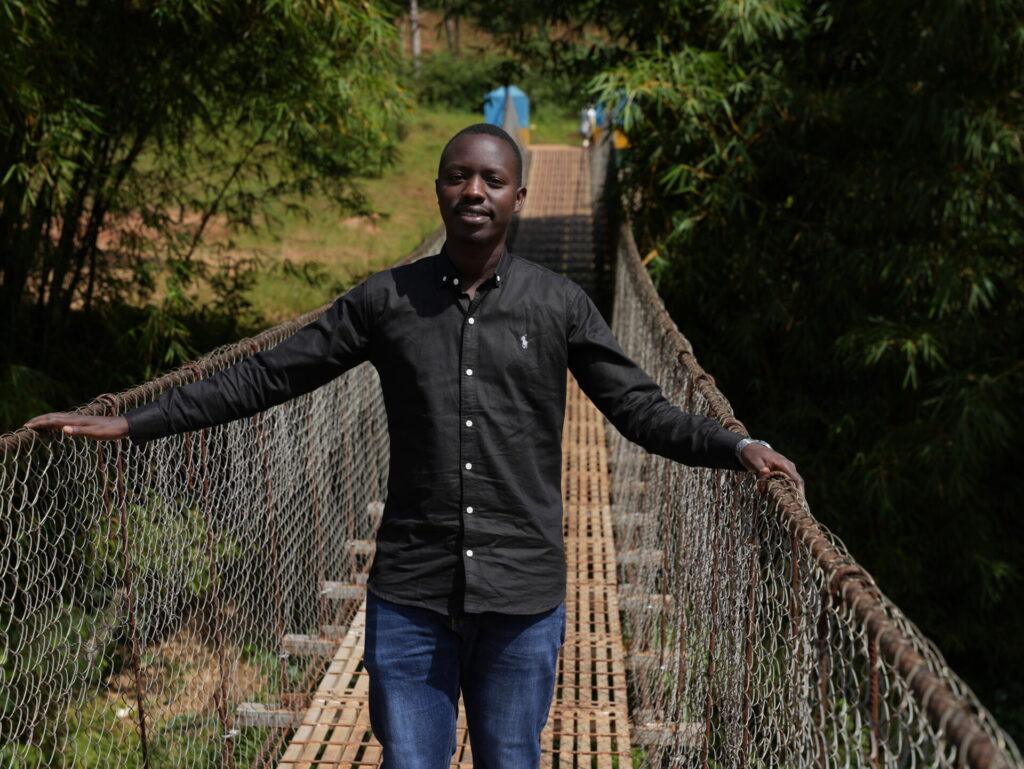
Using AutoCAD With the Help of the Autodesk Foundation
Since joining the Autodesk Foundation’s portfolio in 2020, Bridges to Prosperity has utilized the full spectrum of in-kind support, including Autodesk software, technical training, and pro bono consultants to advance its mission.
The organization has three types of bridge models that are chosen based on topography: a suspended trail bridge, a suspension trail bridge, and a hybrid of the two. All 500+ bridges completed to date were designed in AutoCAD, from start to finish. The average trail bridge project costs approximately $100,000, taking into consideration varying topographic and geographic conditions, community contributions, and logistical challenges.
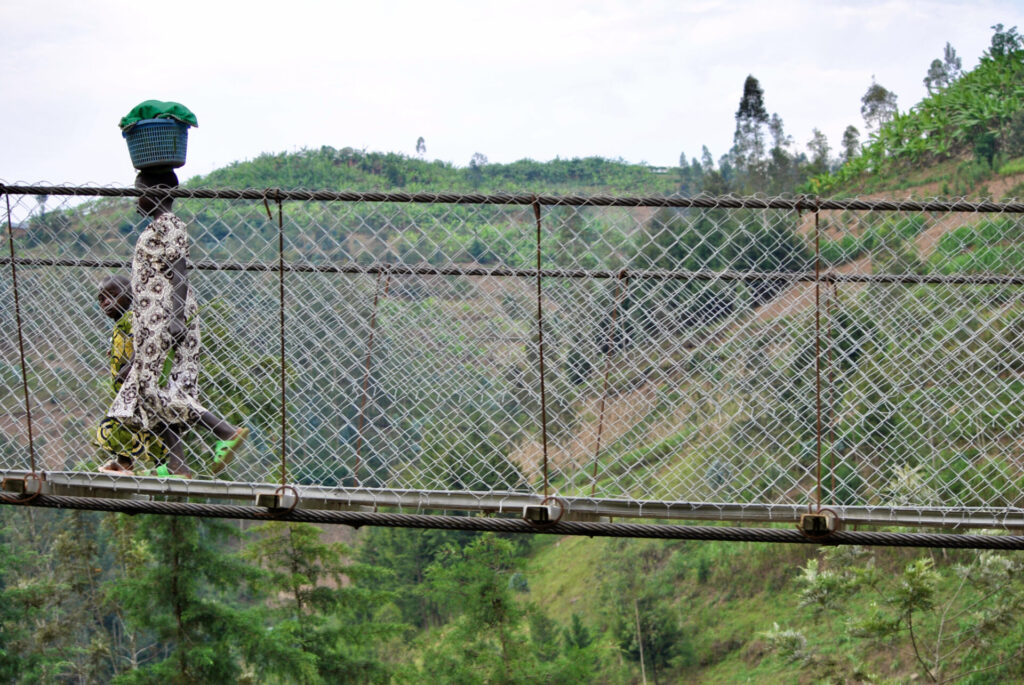
The efficiency of using AutoCAD combined with supply chain management and local support helps keep the cost low, while providing this vital infrastructure for new economic opportunities. In addition, Bridges to Prosperity can easily collaborate and share the trail bridge plans with the team itself, the government, and residents alike.
“Bridges to Prosperity uses AutoCAD because it’s a powerful tool for making clean drawings,” says Etienne Mutebutsi, Needs Assessment Manager, Sub-Saharan Africa, Bridges to Prosperity. “Taking topographic survey data, the team can process it to create precise profile drawings. And you can share the document with your colleagues so everyone can collaborate in the same drawing.”

Read More
Check out the full story on Bridges to Prosperity and learn more about how the organization and AutoCAD are making an impact.















